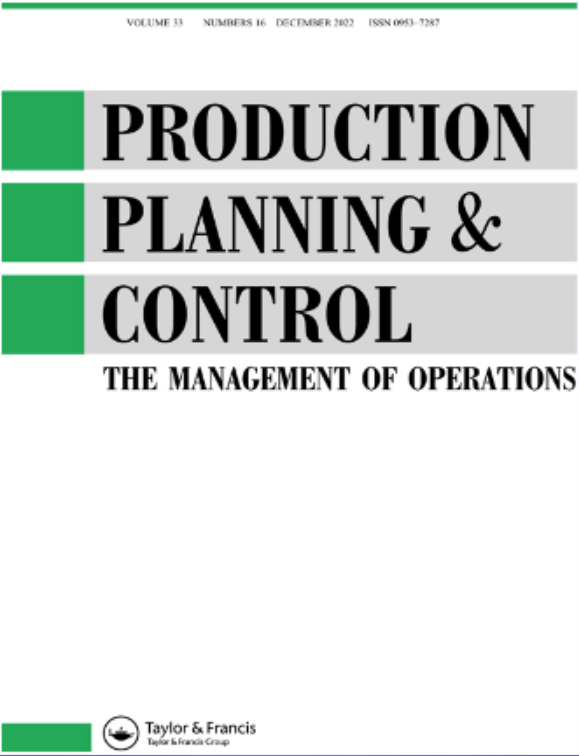The driving and dependence power between Lean leadership competencies: an integrated ISM/fuzzy MICMAC approach
IF 5.4
3区 管理学
Q1 ENGINEERING, INDUSTRIAL
引用次数: 9
Abstract
Abstract Lean Manufacturing (LM) is about cultural change at all levels of an organization, which can be seen as the essence of leadership. This study aims to present a list of the main Lean leadership competencies with validated definitions and propose a practical roadmap to Lean leadership development and training. A Systematic Literature Review (SLR) was conducted to achieve this goal in which the Lean leadership competencies were identified. The Interpretive Structural Modelling (ISM) approach established the relations among the leadership competencies and result in a structural model that could be used for Lean leadership development. The analysis of leadership competencies' driving power and dependence power was done using the fuzzy Matriced’ Impacts Croisés Multiplication Appliquée á un Classement (MICMAC), which improved the reliability of research. This study contributes to Lean leadership literature by proposing a validated roadmap to Lean leader development and training. A structural model was developed that shows the hierarchy among the competencies and indicates the ones that should be prioritized. Besides, the result shows that the main ways to improve a Lean leader are attending to the shop floor and developing self-awareness. Furthermore, a strong synergy among all competencies was observed, reinforcing the fact that Lean must be an endless journey of improvement. To the best of our knowledge, our study is the first to present the relationship between Lean leadership competencies. In addition, the results may guide the development of new leaders who work in Lean environments.精益领导能力的驱动力与依赖力:一个集成的ISM/模糊MICMAC方法
精益制造(LM)是关于组织各个层面的文化变革,这可以被视为领导力的本质。本研究的目的是提出一个清单的主要精益领导能力与有效的定义,并提出一个实用的路线图,以精益领导的发展和培训。为了实现这一目标,进行了系统文献综述(SLR),确定了精益领导能力。解释结构建模(ISM)方法建立了领导能力之间的关系,并得出了一个可用于精益领导发展的结构模型。领导能力的分析的驾驶能力和依赖权力使用模糊矩阵的乘法影响毛织物Appliquee联合国Classement(密克马克语),提高了研究的可靠性。本研究通过提出精益领导者发展和培训的有效路线图,为精益领导文献做出了贡献。开发了一个结构模型,该模型显示了能力之间的层次结构,并指出了应该优先考虑的能力。此外,研究结果还表明,提高精益领导者的主要途径是关注车间和培养自我意识。此外,观察到所有能力之间的强大协同作用,强化了精益必须是一个永无止境的改进之旅的事实。据我们所知,我们的研究是第一个提出精益领导能力之间的关系。此外,研究结果可以指导在精益环境中工作的新领导者的发展。
本文章由计算机程序翻译,如有差异,请以英文原文为准。
求助全文
约1分钟内获得全文
求助全文
来源期刊

Production Planning & Control
管理科学-工程:工业
CiteScore
19.30
自引率
9.60%
发文量
72
审稿时长
6-12 weeks
期刊介绍:
Production Planning & Control is an international journal that focuses on research papers concerning operations management across industries. It emphasizes research originating from industrial needs that can provide guidance to managers and future researchers. Papers accepted by "Production Planning & Control" should address emerging industrial needs, clearly outlining the nature of the industrial problem. Any suitable research methods may be employed, and each paper should justify the method used. Case studies illustrating international significance are encouraged. Authors are encouraged to relate their work to existing knowledge in the field, particularly regarding its implications for management practice and future research agendas.
 求助内容:
求助内容: 应助结果提醒方式:
应助结果提醒方式:


